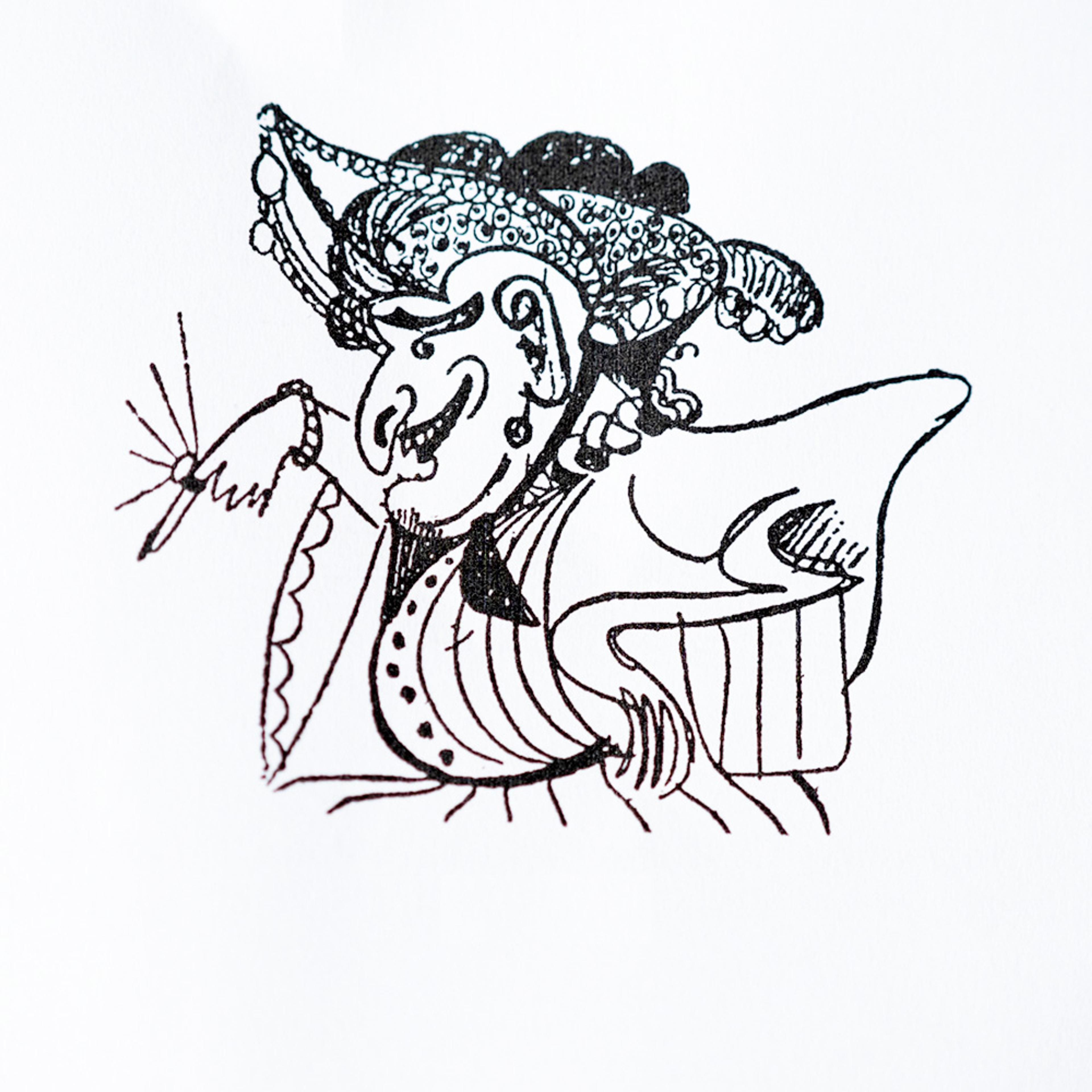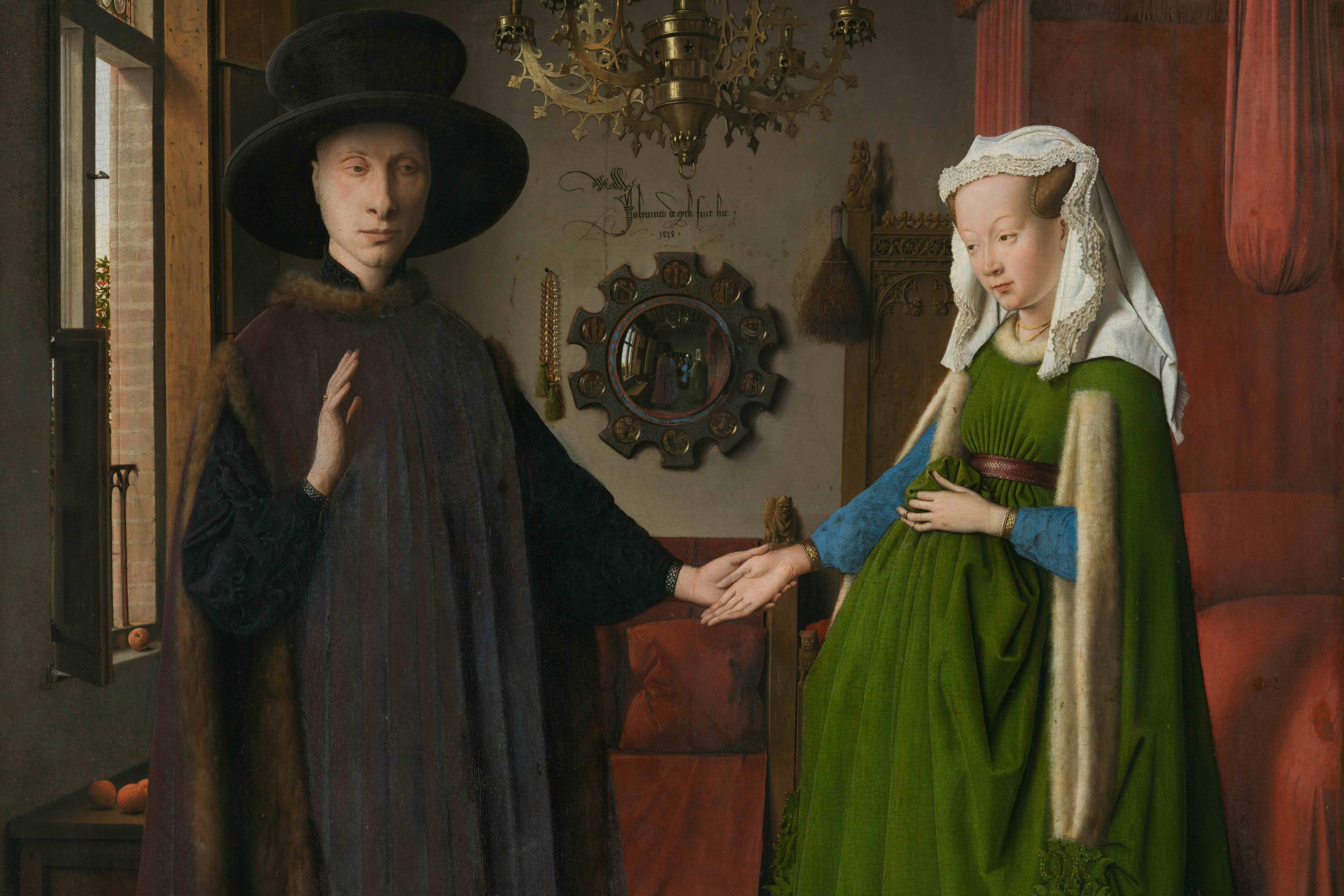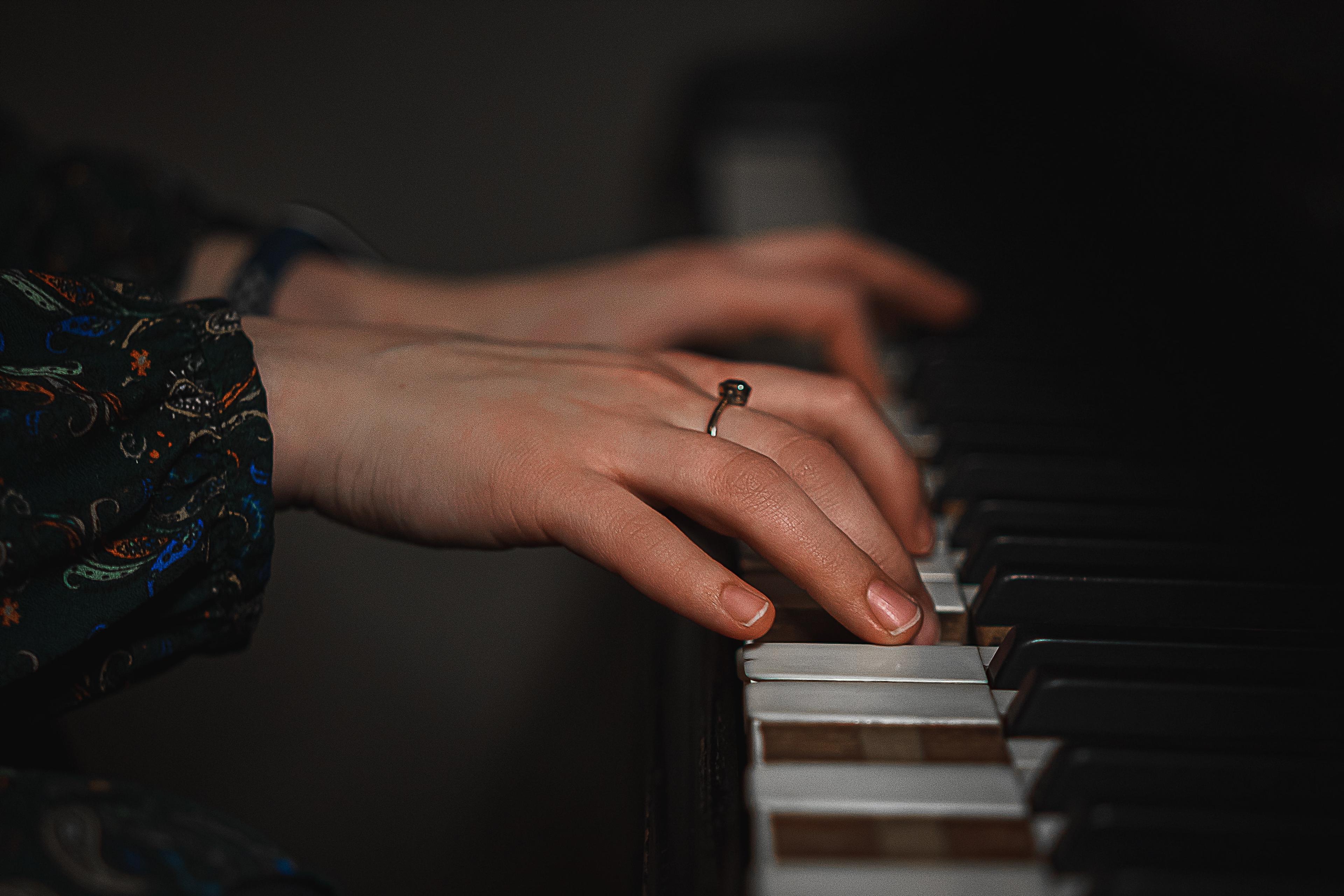When Marion Milner, the 20th-century British psychoanalyst, writer and artist, turned to drawing and painting as a way to explore her own hidden preoccupations, she found that her key to self-discovery lay not in any new skills and achievements she was able to learn – but in ones that she couldn’t master. The result was her best-known book, On Not Being Able to Paint (1950), which charts her attempt to teach herself to relate to the world in a new medium.
The book consists of the drawings that emerged from her project and her commentary on them. It turns out that her bad drawings were more revealing than her good ones. Early on, Milner notes that ‘drawings which were a fairly accurate copy of an object could produce an almost despairing boredom’. Gradually, she discovers that those pictures that failed in terms of their accuracy were more significant for her, as containers of hidden meanings. Attempting to capture a peaceful scene of trees on the South Downs of Sussex, she finds in its unruly lines a blazing heath fire (main image, above); an expansive beech tree becomes, through her surprisingly cramped and aggressive lines, more like a ‘snowy crag, blasted by a raging storm’ (figure below). From the marks her hand makes on the paper, Milner realises that her inner life is refracting her sensible perception of the outer world, and more powerfully than she had imagined possible: ‘it could apparently elaborate on its external prototype as freely as Alice’s “Through the Looking Glass” world did.’ Milner’s drawings revealed to her that she was living, unconsciously, in a different world than she had thought.

‘Summer Beeches’ by Marion Milner
To develop this insight, Milner adapts her drawing technique, so that the marks she makes on paper are able to reveal more and more of her hidden self. In seeking these small revelations, she frees herself from habits of accuracy entirely, turning from painstaking imitation of the world around her towards a practice of rapid sketching and doodling. On Not Being Able to Paint narrates ‘a most surprising discovery’. She writes:
It was the discovery that it was possible at times to produce drawings or sketches in an entirely different way … of letting hand and eye do exactly what pleased them without any conscious working to a preconceived intention. This discovery had at first been so disconcerting that I had tried to forget all about it … it threatened one’s sense of oneself as a more or less known entity. But gradually I had to force myself to face it …
Milner allows herself to doodle as a bridge to what the psychoanalyst, and Milner’s supervisee, Christopher Bollas terms ‘the unthought known’ – a kind of knowledge that we live in an embodied way, rather than being able consciously to articulate. In the borderline between word and image, she finds a new arena in which to describe her previously inarticulate experience of boundaries – between self and other, mind and body, body and world – and for imagining how those boundaries might be negotiated. Thus, her experiments in drawing and painting become a ‘visual reflection on the basic problems of living – and of education’, which she sees as ‘intimately connected … with the problems of creativity and creative process.’
The effort needed in order to see the edges of objects as they really look stirred a dim fear
In drawing, Milner found a medium in which to explore her inarticulable, ‘unthought’ experience of being a body in the world. Her sense of her own coherence as a separate person seemed to have a correlate in her assumptions about form and line. To disturb the one was to disturb the other. ‘I had always assumed … that outlines were “real”,’ she writes, but while such a belief is ‘common’, she then learns from Harold Speed’s The Practice and Science of Drawing (1913) that boundaries ‘are not always clearly defined, but are continually merging into the surrounding mass and losing themselves, to be caught up again later on and defined once more.’ With this in mind, Milner says: ‘I tried looking at the objects around me and found that it was true. When really looked at in relation to each other their outlines were not clear and compact … they continually became lost in shadow.’ Milner wonders why she had never noticed this before, and also why a ‘great mental effort’ seems required to sustain this act of noticing.
In the traffic between sketching and re-observing, Milner gains a lively sense of her own embodied experience – of her place in the world, and of the world’s active relation to her. She comes to see the outlines of her life much in the way she sees the outlines of the objects she draws: as ‘continually merging’. She says: ‘I noticed that the effort needed in order to see the edges of objects as they really look stirred a dim fear, a fear of what might happen if one let go one’s mental hold on the outline which kept everything separate and in its place …’
So, she let go of her mental hold and gave rein to a freedom of line:
I woke one morning and saw two jugs on the table; without any mental struggle I saw the edges in relation to each another, and how gaily they seemed to ripple now they were freed from the grimly practical business of enclosing an object and keeping it in its place. This was surely what the painters meant about the play of edges; certainly they did play and I tried a five-minute sketch of the jugs … Now also it was easier to understand what painters meant by the phrase ‘freedom of line’ because here surely was a reason for its opposite; that is, the emotional need to imprison objects rigidly within themselves.

‘Dancing Jugs’ by Marion Milner
Art is not an accurate reflection of the world, like a mirror; rather, it shows us how we are ‘mixed up’ with the world, actively – and continually – negotiating our relationships to it.
Milner’s work as a teacher, psychoanalyst and artist focused on these spaces of negotiation: on how to become aware of them and use them creatively. At the end of her life, she acknowledged that her ‘dancing jugs’ (above) were the basis for certain ideas that became ‘central to my thinking about concentration, reverie and creativity.’ Key to these ideas was the realisation that she had spent so much of her life till now keeping things in their place. This must be the reason art can upset people so much:
[P]erhaps this was one reason why new experiments in painting can arouse such fierce opposition and anger. People must surely be afraid, without knowing it, that their hold upon reason and sanity is precarious, else they would not so resent being asked to look at visual experience in a new way, they would not be so afraid of not seeing the world as they have always seen it and in the general publicly agreed way of seeing it.
Painting and drawing are, in this sense, revolutionary.
Learning grows from one’s own inadequacies – from our feelings of ‘not being able’
On Not Being Able to Paint asks what it means to learn to see the world for oneself. For Milner, sketching is the medium of this learning; it requires her to give up the way she had previously thought about her body and the way she is situated in space, in order to feel her way into an embodied experience that is really her own. This is a difficult process to summarise: one has to trace Milner’s own unfolding of this process of discovery by reading the book for oneself. Nor does it proceed by cumulative argument, but by moving from scene to scene of discovery, as Milner abandons her attempts at accurate representation in favour of a freer exploration – through doodling – of line and colour. Much of the book is taken up with how Milner’s reflections on these doodles resolve themselves into feelings and commitments she had yet to put into thought, until they appeared on the page.
Milner’s powerful lesson in pedagogy is that learning grows from one’s own inadequacies – from our feelings of ‘not being able’. It is a lesson well illustrated by the first drawing in the book, ‘Mrs Punch’ (below), a figure she began to draw in the hopes of relieving ‘the mood of furious frustration’ she’d been left with following a quarrel. She considered Mrs Punch a ‘horrid creature’, as if all the original anger she had been feeling had ‘apparently gone into the drawing’. Moods, she realised, might be converted into lines, or even bound up in them. In Mrs Punch, she saw the likeness of Lewis Carroll’s Duchess, a significant figure she’d written about previously, in An Experiment in Leisure (1937):
I remembered all the people from my childhood upwards, mostly women … who by sheer force of a loud voice or a show of anger or sarcasm, had had the power to ‘make me lose my head’, to wipe out from me all sense of my own identity, not only to thwart me in what I wanted, but to produce such a state that I no longer knew what I wanted at all, I was aware only of them, utterly possessed by them.

‘Mrs Punch’ by Marion Milner
‘Mrs Punch’ is a drawing about the sources of incapacity. And it raises a distinction that guides Milner’s book – a distinction between two kinds of incapacity. One leads to creativity, as when not being able to do something (like drawing, but it may be cooking or playing music, or singing) allows for new lines of discovery. But there is also the incapacity that comes from intimidation, from the emptying-out of creativity one finds in methods of education that demand only compliance.
Milner is interested in the difference between really learning something, and the kind of obedience that has the appearance of learning yet fails to enliven our relationships to the world. She suggests that education should encourage the leadings of desire, but she begins with a lesson in how environments of intimidation make education impossible because they empty people of their sense of themselves. It is important she start here, since her message is that ‘not being able’ is a valuable state – the place we set out from in order to find our inadequacies for ourselves. Ultimately, her work is about how to replace one kind of incapacity with another.








